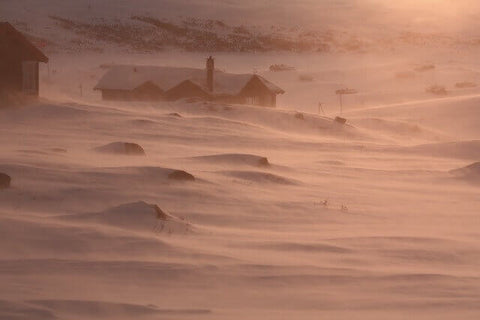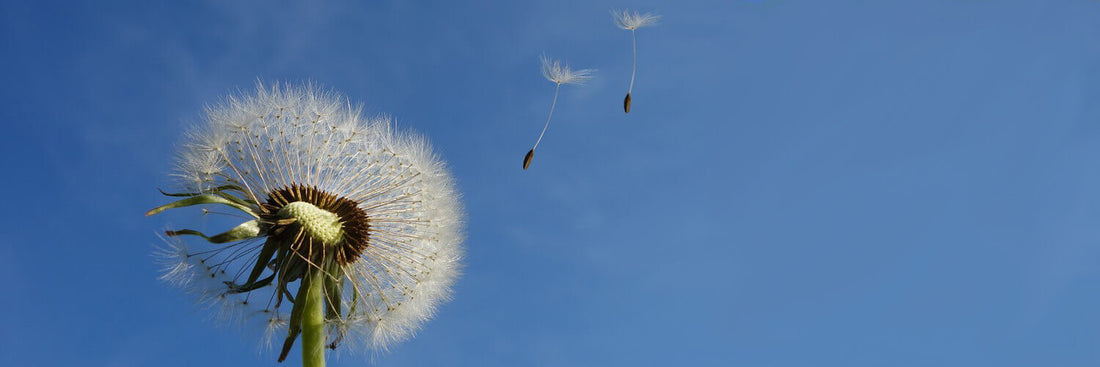What causes wind to form?
Wind is caused by difference in atmospheric pressure. Atmospheric pressure is a measurement that is given for the amount that air is pressing down on the Earth's surface. Air will always move from areas of high and low pressure to negate the differences in atmospheric pressure and this is what causes wind.
Changes in atmospheric pressure are caused by air sinking or air rising. Air that is sinking causes there to be a greater atmospheric pressure, with air rising having the opposite effect.
Air sinking and rising is caused by the Sun's rays heating different parts of the Earth's surface at different rates. Factors that cause this to happen are: clouds, mountains, volcanoes, valleys, rivers, lakes, seas, deserts, forests and other vegetation.
Local winds
Atmospheric pressure varies both locally and globally. The surface below the air in certain areas can absorb heat at different rates and this has a knock-on effect on the temperature of the air above it. A good example to think of would be ground and sea; the sea takes more energy to warm up than the ground, which means that the sea and the air above it is cooler - meaning it has more atmospheric pressure acting upon it. The air above the ground is hotter and as air heats, it rises causing lower pressure. The contrast in pressure creates wind as the air moves from the area of higher pressure to the area of lower pressure, from the sea to the land.
Global winds
Because of the curvature of the Earth, the Sun's rays have a different impact at the equator compared with the Earth's poles. The diagrams below will help you visualise how the Sun's rays are more concentrated at the equator and are more spread out the further towards the poles.


The concentrated rays at the equator cause the surface to heat up more than at the poles. This results in rising air at the equator and sinking air at the poles. This difference in atmospheric pressure causes a global air circulation as air moves from the poles towards the equator. However, due to the Coriolis force, as the Earth spins it causes the air to flow more westerly in the Northern Hemisphere and more easterly in the Southern Hemisphere.
Types of winds
Trade winds

The trade winds, also referred to as The Trades, are almost constant winds that blow across the globe. They were originally named by the sailors that relied on them during the westward ocean crossings. They blow Northwest across to the Southern Hemisphere and Southeast across the Northern Hemisphere.
Trade Winds are caused by a combination of the differences in atmospheric pressure between the poles and the equator and the Coriolis effect.
Monsoon winds

The monsoon winds last for months, they blow in Southern Asia. They are relied upon in the summer months as they bring rain to the regions affected. In summer, they blow from the Southwest and during winter, they blow from the Northeast.
The main cause of the monsoon winds is the difference between the temperature over land and sea and how it changes throughout the seasons.
The polar easterlies

The polar easterlies are cold winds that blow from the higher temperature areas of the poles towards the westerlies, which are the winds that prevail from the west towards the east in the middle latitudes (between 30-60 degrees latitude). The polar easterlies are often relatively weak winds that blow irregularly.
The main cause of the winds is cold air at the poles creating an area of high pressure that forces cold air out towards the equator.
The westerlies

The westerlies are winds that blow from west to east. They are responsible for steering extratropical cyclones (areas of low pressure that affect the weather across the entire globe). They normally blow from the Northwest in the Southern Hemisphere and the Southwest in the Northern Hemisphere. They are responsible for the strong ocean currents that transport warm water towards the poles. The westerlies are stronger during winter and weaker in summer.
They are caused by areas of high pressure in the horse latitudes (between 30 and 38 degrees both north and south). The air moves towards the poles and the winds tend to be stronger in the Southern Hemisphere as there is no land to interfere with the flow pattern.
Sources
- Eartheclipse What are Winds? Retrieved
- Met Office What Causes Wind?
- National Ocean Service Coriolis Effect
- National Ocean Service What Are The Trade Winds?
- Stevenson, A. Oxford Dictionary of English. Oxford: OUP Oxford
- Times Of India Learning with the Times: What causes the monsoon?

